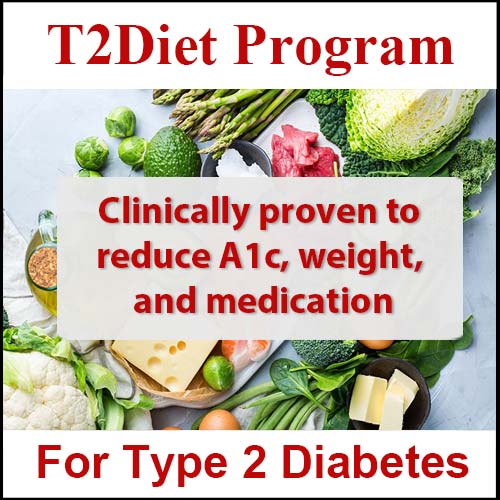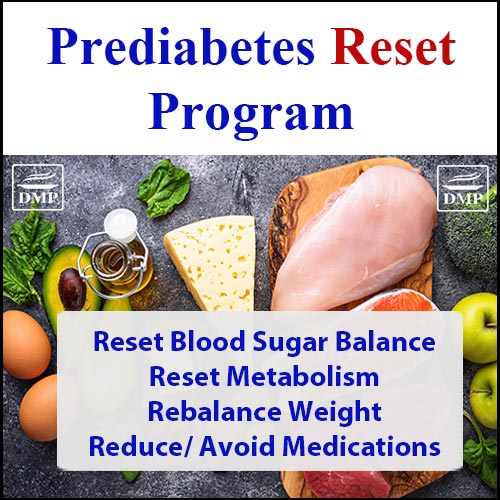Bananas are a popular fruit, so as a person with type 2 diabetes, you may be curious to know whether bananas are a good or bad fruit to include in your diet?
Let’s put your curiosity to rest and explore bananas together now.
Banana Nutrition Facts
Macronutrients
For one medium-sized ripe banana:
- Kilojoules/Calories: 440/105
- Carbohydrates: 27g
- Protein: 1.3g
- Fat: 0.4g
- Fibre: 3.1g

With only about one gram of protein and less than a gram of fat, it’s easy to see that the dominant macronutrient in a banana is… carbohydrates.
Foods with a higher carb count can sometimes be “balanced out” if they also contain a high amount of dietary fibre, but unfortunately, bananas aren’t overly rich in fibre.
The major point is: Bananas are classified as a high carbohydrate food.
Micronutrients and bananas
A common misconception about bananas is that they are one of the top sources of vital micronutrients like magnesium, vitamin C, and especially potassium.
Being that they are a potassium-rich food, they are often recommended for blood pressure because increasing potassium intake has been shown to help reduce blood pressure levels and decrease risk of heart disease.
The truth is though, that you won’t fall short on any vitamins and minerals by skipping out on bananas as there are plenty of other fruits and vegetables that are just as rich in potassium, vitamin C, and magnesium as bananas are. The best part is, other alternatives are way lower in carbs!
Take avocado as an example: Avocados are rich in healthy, monounsaturated fats as well as magnesium, plus they contain an amazing 690 mg of potassium! That’s more than 1.5 times the amount of potassium found in a single banana.
The glycemic index of bananas
- Unripe bananas – 35
- Ripe yellow bananas – 55
Anything 55 and below is considered low glycemic index, so in general, bananas would be considered low GI. However, just be aware that the carbohydrate amount is the most influential factor on blood sugar and HbA1c levels.
Fructose
Another potential drawback of bananas is the amount of fructose they contain. A medium-sized banana contains about 7.1 grams of fructose.
Fructose is the simple sugar that gives fruit its sweet taste. In small quantities, fructose isn’t a big problem, but snacking on fruits with medium-to-high levels of fructose throughout the day could potentially disrupt your metabolism.
Recommendation on Bananas for Type 2 Diabetes
Here at DMP we encourage a lower carb eating plan because it’s known to improve blood sugar levels and other health parameters more than other diets.
Bananas are a high carb food so our general recommendation is to avoid eating them, and instead, choose a lower carb fruit like berries (strawberries or raspberries).
Of course, you could reduce your portion size and eat just one-third of the banana but in our opinion and experience, there are other foods to choose for better blood sugar control.
Other Questions About Bananas
Are green bananas healthier than ripe ones?
Green bananas contain resistant starch—a type of starch that moves through the gastrointestinal track undigested and is known to promote healthy gut bacteria.
A few studies have found that banana starch may decrease glucose and insulin level after a meal. But, keep in mind that these studies often use isolated starch that is separated from the actual fruit, and therefore, does not contain any of the carbohydrates and sugars.
Recommendation: It’s best to avoid unripe/green bananas.
What about banana for prediabetes?
Our eating recommendations for people with prediabetes are the same as for those with type 2 diabetes, which means everything outlined above applies to you too.
Bananas are a high carb food so our general recommendation is to avoid eating them, and instead, choose a lower carb fruit like berries.
Can eating banana cause diabetes?
It is unlikely bananas alone would cause diabetes. However, a diet high in overall carbohydrates combined with other lifestyle factors could lead to diabetes.


